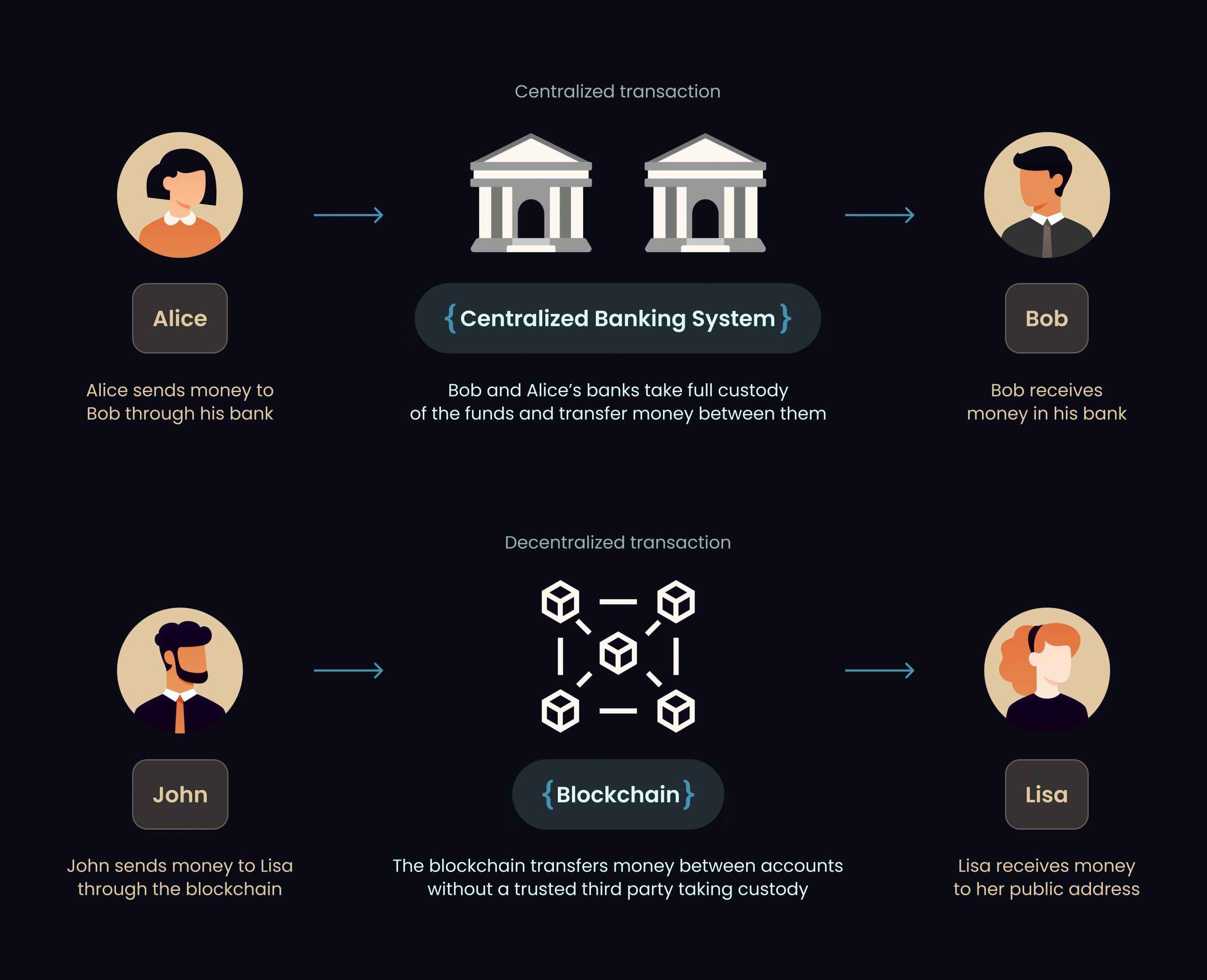
In the high-stakes world of decentralized finance (DeFi), access control vulnerabilities have proven to be one of the most costly and persistent threats facing protocols and investors. When smart contracts fail to properly restrict who can call sensitive functions, the result is often catastrophic: unauthorized parties gain the power to mint tokens, drain liquidity pools, or irreversibly alter protocol logic. The infamous Poly Network exploit in 2021, which saw over $610 million siphoned from its cross-chain bridge due to flawed access control, remains a stark reminder that even large-scale projects are not immune.

Why Access Control Flaws Are DeFi’s Achilles Heel
Access control is the backbone of smart contract security. At its core, it determines who can perform what actions within a protocol. Yet, as highlighted by recent research and high-profile hacks, DeFi protocols regularly fall victim to misconfigured permissions and missing authorization checks. Attackers are quick to spot these gaps, often before auditors or developers do.
A single missing onlyOwner modifier or an unchecked admin function can open the door for exploits that rapidly escalate into multi-million dollar losses. In ShadowFi’s 2023 attack on Binance Smart Chain, a poorly protected burn function enabled attackers to arbitrarily destroy tokens and destabilize the project’s economy, resulting in a $300,000 loss. These incidents are not isolated; they represent a broader pattern across the DeFi landscape.
“Access control issues occur when smart contracts do not properly restrict who can call certain functions. This can lead to unauthorized users exploiting critical operations. “
– Mustafa Akbulut, Smart Contract Vulnerabilities Unveiled
Common Patterns: How Access Control Exploits Unfold
Understanding the anatomy of an access control exploit is essential for both developers and users seeking to mitigate risk. Here are the most prevalent patterns:
- Misconfigured Permissions: Functions such as token minting or admin upgrades lack robust restrictions, allowing anyone, or unintended addresses, to invoke them. This was the root cause in the Poly Network hack, where attackers manipulated contract calls to transfer vast sums across chains.
- Flawed Authorization Checks: Failure to verify a caller’s identity or role lets attackers bypass intended controls. In ShadowFi’s case, the burn function did not check whether the caller was authorized, enabling arbitrary token destruction.
- Unchecked Admin Functions: Administrative functions that are left unprotected (or protected by weak logic) become easy entry points for attackers seeking total protocol compromise, a recurring pattern in recent DeFi breaches.
The consequences? Not just immediate financial losses but also long-term reputational damage and erosion of user trust, an existential threat for any DeFi project.
Strategic Defense: Preventing Access Control Exploits in 2025
The good news is that these attack vectors are both well-understood and largely preventable with disciplined security practices. Leading protocols are now deploying multiple overlapping layers of defense:
- Role-Based Access Control (RBAC): Assigns granular roles and permissions using established libraries like OpenZeppelin’s
OwnableorAccessControl. This ensures only authorized individuals can execute sensitive functions, a must-have for any serious protocol. - Access Control Modifiers: Incorporating modifiers such as
onlyOwner,onlyAdmin, or custom role checks directly into critical functions dramatically reduces the risk of unauthorized access. This simple step could have prevented countless past exploits. - Regular Security Audits: Engaging reputable security firms for thorough code reviews uncovers hidden vulnerabilities before malicious actors can exploit them. Yet as history shows, audits alone aren’t enough, continuous monitoring and post-deployment reviews are equally vital. For an in-depth look at why even audited contracts still get exploited, see this analysis.
The landscape has evolved, so must your approach to risk mitigation. In the next section, we’ll dive deeper into advanced techniques like multi-signature wallets and formal verification, and explore how decentralized insurance solutions can further protect against financial fallout from smart contract exploits.
Advanced Protection: Multi-Signature Wallets, Formal Verification, and Insurance
As DeFi protocols scale in complexity and value-at-risk, relying on basic access control mechanisms is no longer sufficient. Multi-signature wallets (multisigs) have become a gold standard for safeguarding administrative privileges. By requiring multiple trusted parties to approve high-impact transactions, such as contract upgrades or treasury transfers, multisigs drastically reduce the likelihood of a single compromised key leading to protocol-wide disaster. This layered approach is especially critical for managing upgradeable contracts or those with emergency pause features.
Another leap forward is formal verification. Unlike traditional code audits, formal verification leverages mathematical proofs to ensure that smart contracts behave exactly as intended under all possible scenarios. While resource-intensive, this technique has already proven its worth in high-value DeFi deployments. Protocols that invest in formal verification send a powerful signal to both users and institutional investors: security isn’t an afterthought, it’s foundational.
Yet, even with best-in-class technical safeguards, no system is immune. The unpredictable nature of zero-day vulnerabilities and novel attack vectors means that risk can only be minimized, not eliminated. Here’s where decentralized smart contract insurance enters the picture. Specialized coverage products now exist to protect against losses from exploits such as unchecked admin function attacks or missing modifier hacks. These policies are increasingly being adopted by both retail users and DAOs to offset the financial impact of unforeseen breaches.
Practical Example: Securing an Admin-Only Function
Consider a function designed to mint new governance tokens, a classic target for attackers if left unprotected. Below is a simplified Solidity snippet using OpenZeppelin’s Ownable pattern:
Admin-Only Mint Function Using onlyOwner Modifier
A common best practice in Solidity is to restrict sensitive functions, such as minting new tokens, to only the contract owner. This can be achieved using the `onlyOwner` modifier from OpenZeppelin’s `Ownable` contract. Below is a secure example:
// SPDX-License-Identifier: MIT
pragma solidity ^0.8.0;
import "@openzeppelin/contracts/access/Ownable.sol";
import "@openzeppelin/contracts/token/ERC20/ERC20.sol";
contract SecureToken is ERC20, Ownable {
constructor() ERC20("SecureToken", "SCT") {}
// Only the contract owner (admin) can mint new tokens
function mint(address to, uint256 amount) public onlyOwner {
_mint(to, amount);
}
}By using the `onlyOwner` modifier, you ensure that only the designated administrator can mint new tokens, reducing the risk of unauthorized access and potential exploits.
This pattern should be rigorously enforced across all sensitive functions, minting, burning, pausing protocols, or upgrading contracts, to prevent unauthorized actions that could destabilize your project overnight.
Beyond Code: A Culture of Security and Continuous Monitoring
The most resilient DeFi teams don’t treat security as a one-off checklist item, they embed it into every stage of development and operations. This means:
- Continuous monitoring of deployed contracts for suspicious activity using on-chain analytics tools.
- Bounty programs that incentivize white-hat hackers to responsibly disclose vulnerabilities before they’re exploited.
- User education, so investors understand the risks associated with unchecked admin functions or unaudited protocols.
The bottom line? As capital continues flowing into DeFi, attackers will become more sophisticated, and so must our defenses. Proactively addressing access control vulnerabilities isn’t just good engineering; it’s essential risk management for any protocol aspiring to longevity in this volatile ecosystem.
Have you ever lost funds due to a DeFi smart contract exploit?
Access control flaws in DeFi smart contracts have led to high-profile hacks like the $610 million Poly Network exploit. We’re curious—has a smart contract vulnerability ever cost you money?
If your project handles significant value or user funds, now is the time to revisit your access control architecture and adopt comprehensive risk mitigation strategies. For further reading on holistic protocol security practices in 2025, see our latest guide here.






